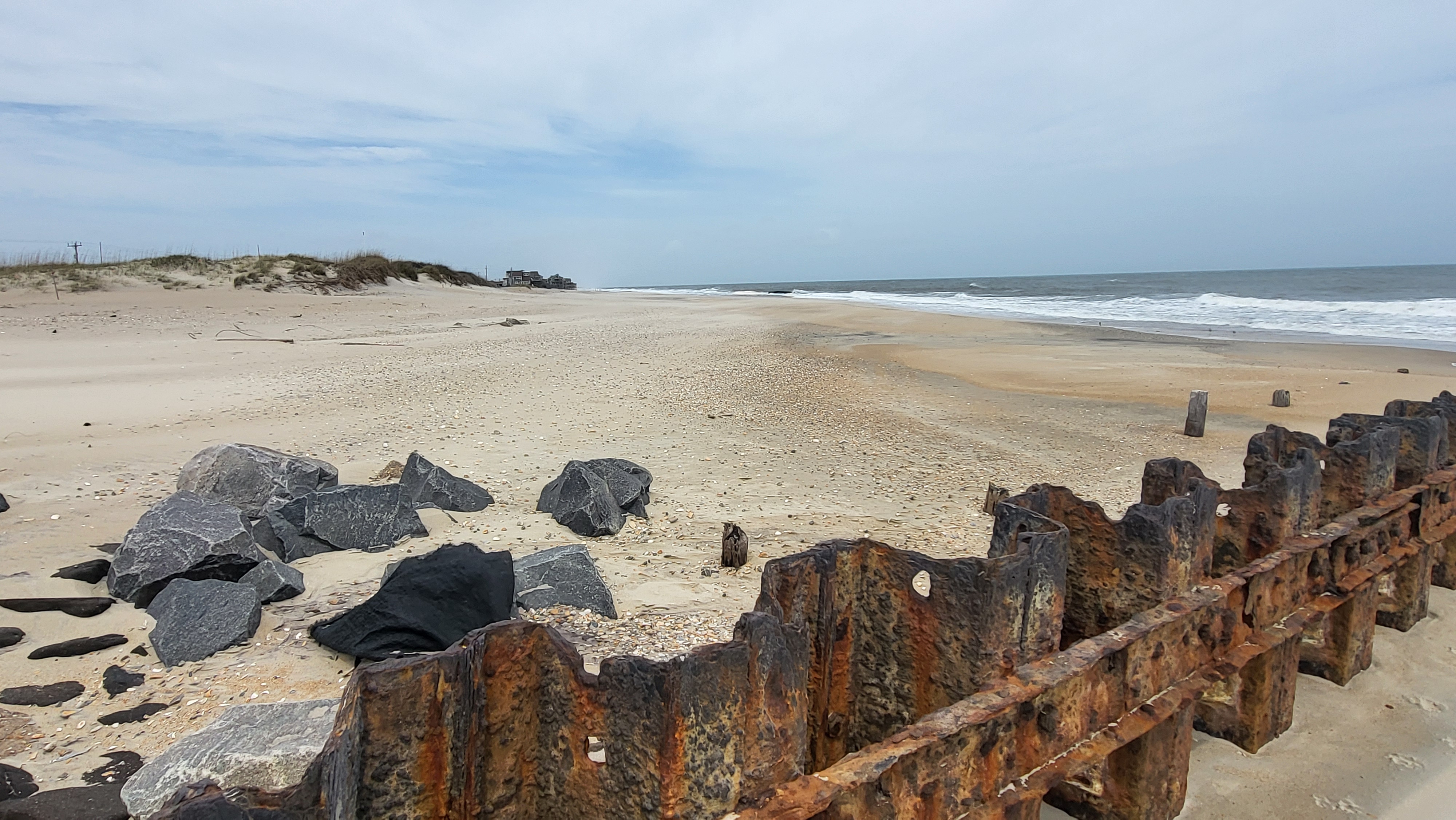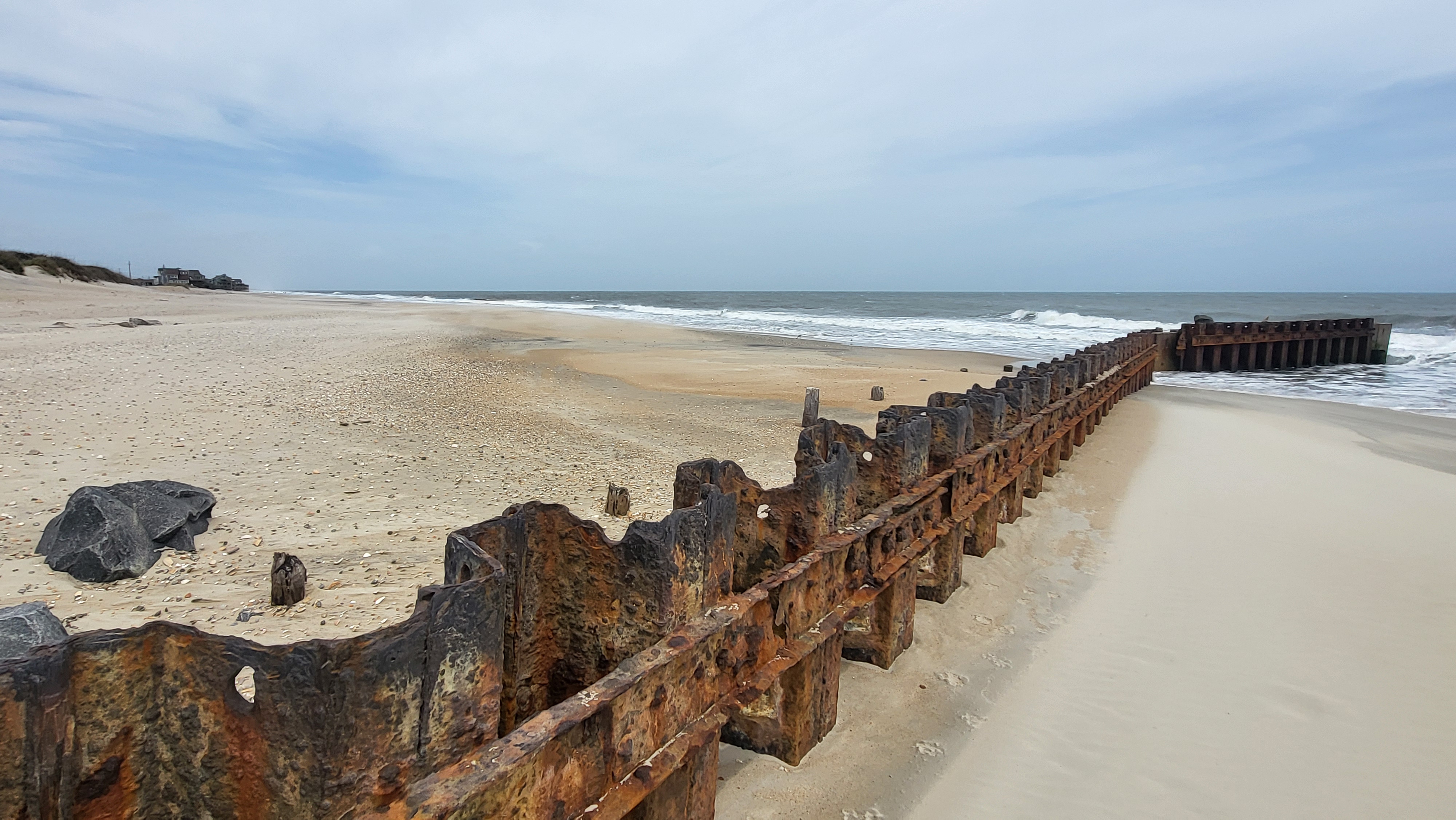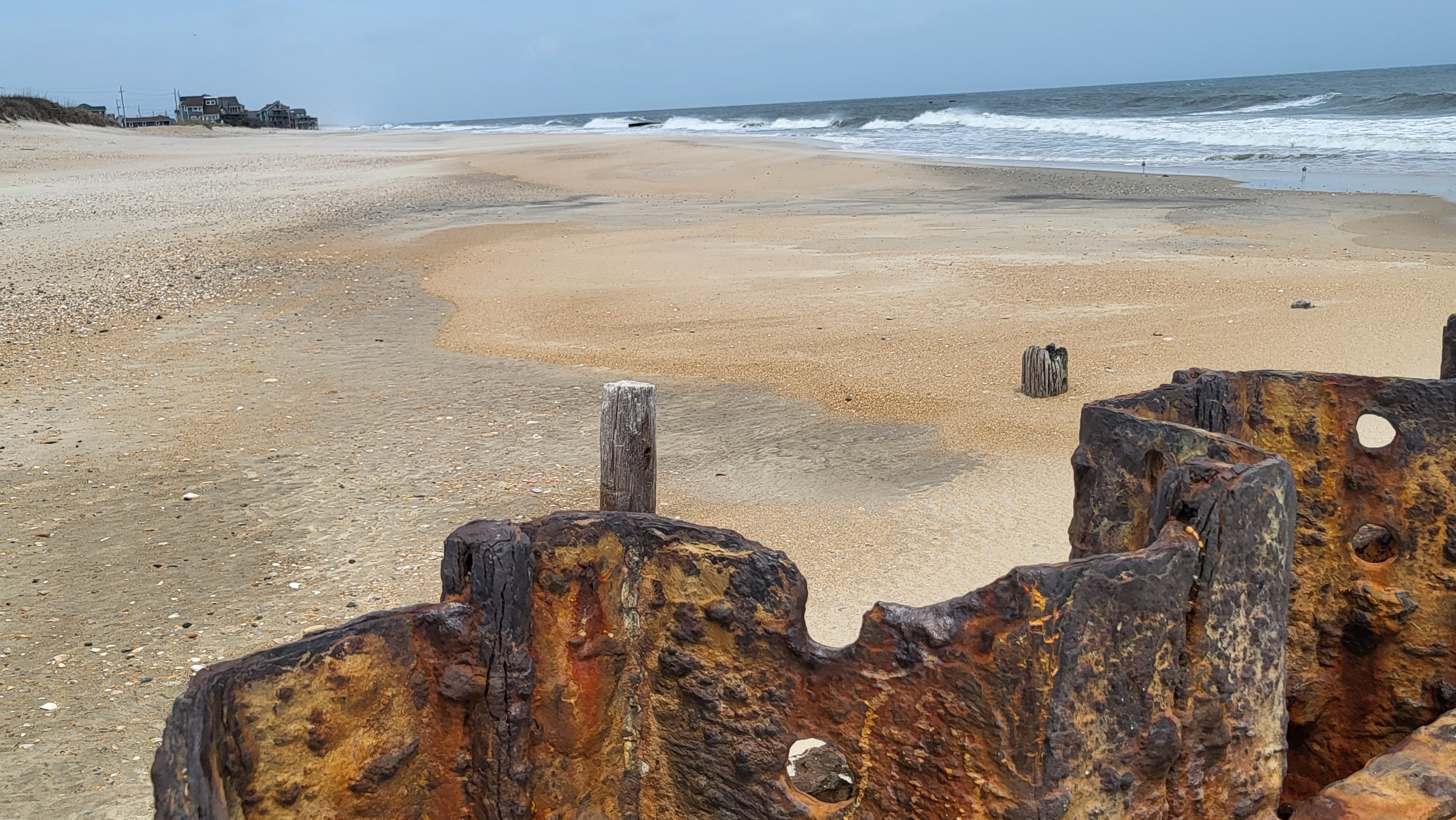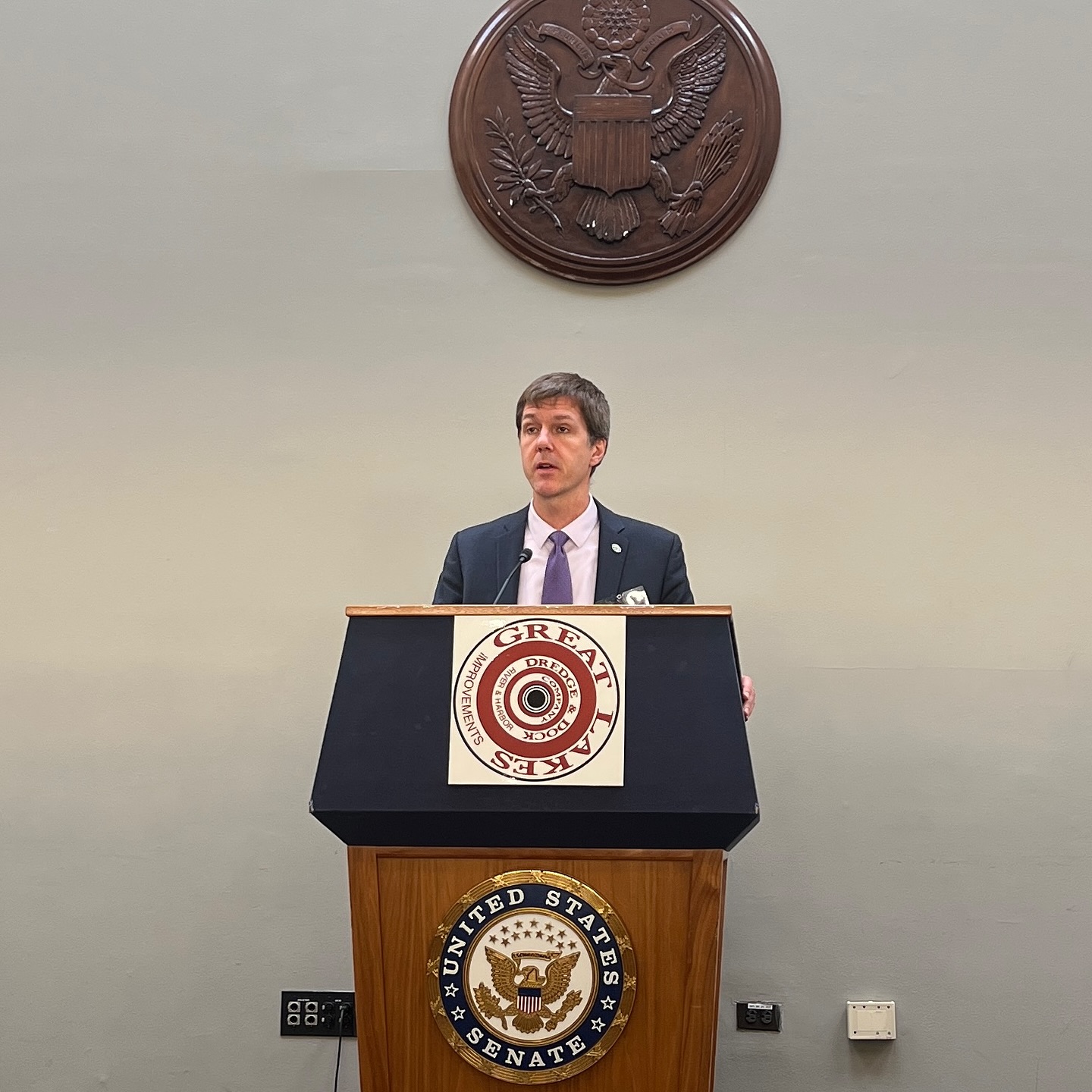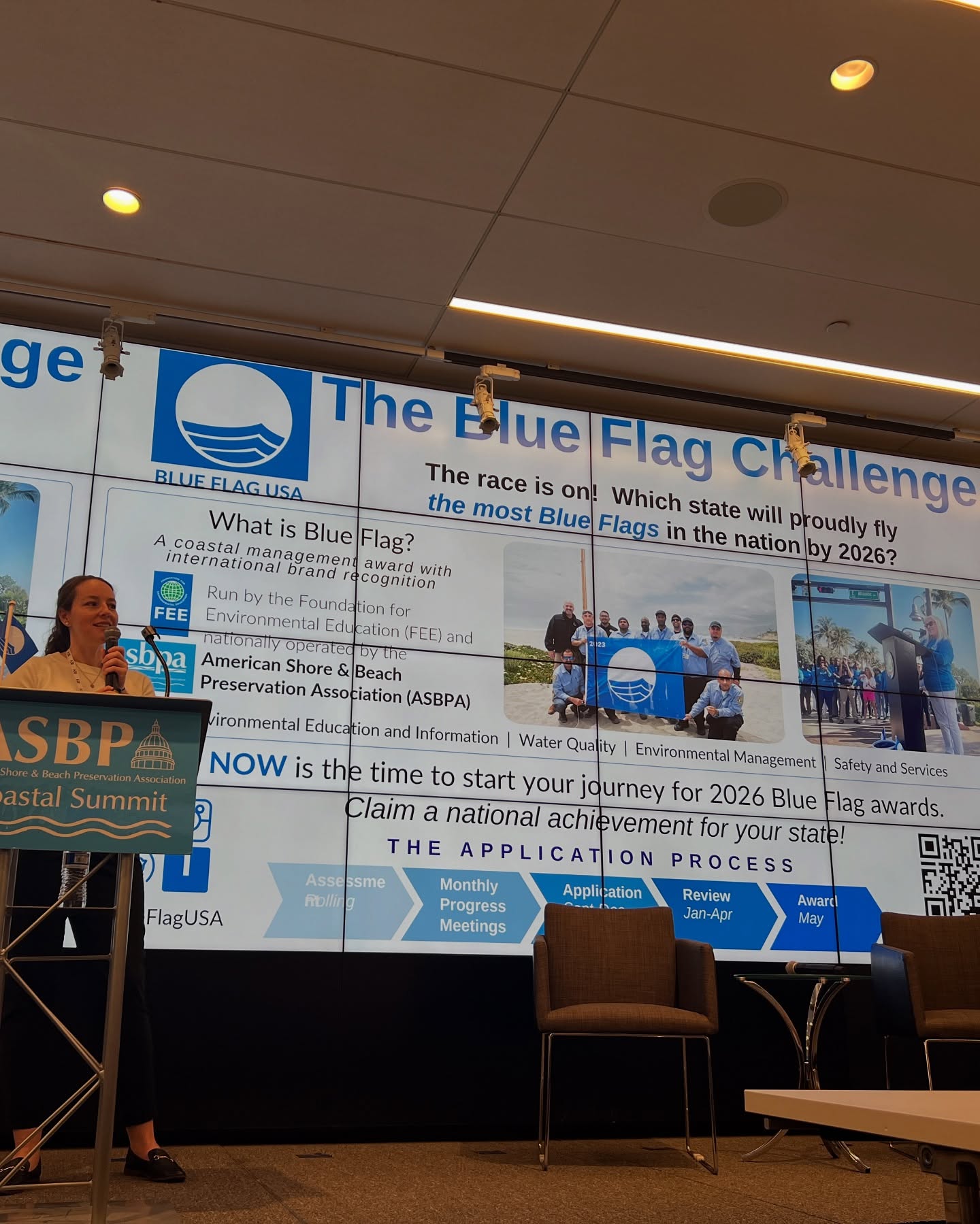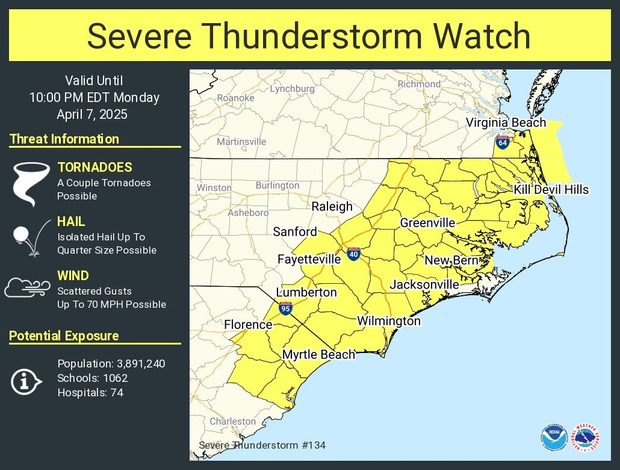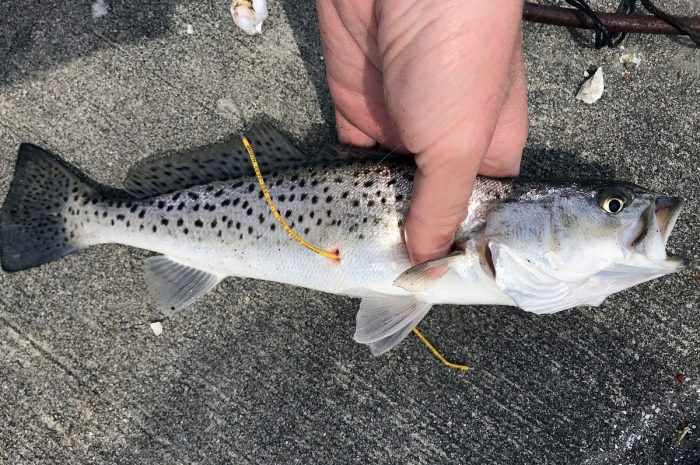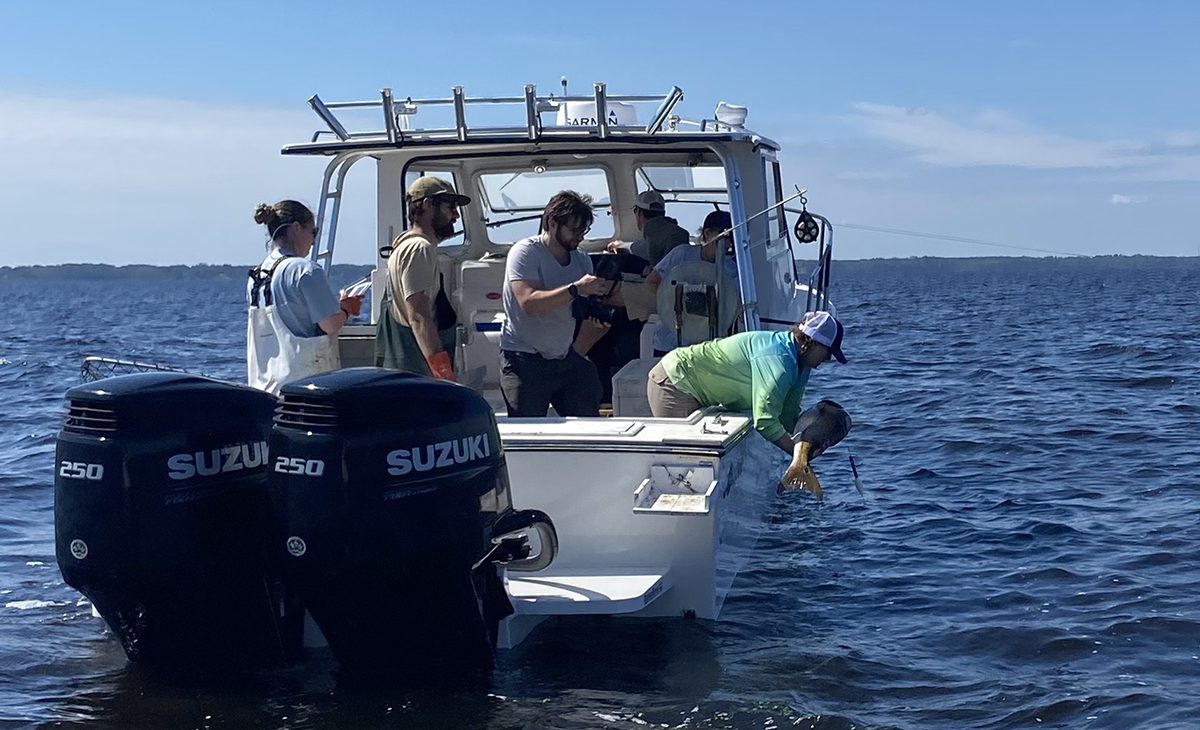Will increased bluefin tuna quota benefit local fishermen — or not?
Outer Banks fishermen will have more bluefin tuna quota than ever to work with this winter. That is, if the lucrative big fish show up here, and the fishermen can get out of the shoaled inlets to catch them.
A new management rule that went into effect Jan. 1 effectively gives twice the general quota for bluefin over previous years for North Carolina through March 31.
“They took the December quota and moved it up to Jan. 1,” said Charley Pereira, president of the Southeast Bluefin Tuna Association. “We’ve got double the quota – yeah baby! – but we’ve got very, very little inlet, to the point of danger.”
For the last few months, Oregon Inlet has been nearly impassable for all but the smallest vessels.
“If the bluefin show up here, there’s going to be a huge safety issue,” he said.
Although the quota change might lessen some of the longstanding regional conflict over bluefin that fanned last year’s “Wicked Tuna: North Vs. South” reality TV show, it still does nothing to change the overall share of the pie.
“Nah, it’s still 89.6 for them,” Pereira said, referring to the percentages of quota, “and 10.4 for us.”
The National Geographic Channel’s “Wicked Tuna” production filmed last month off Morehead City and the team has been spotted recently doing work on the Outer Banks. Representatives for the production have not returned phone calls seeking information on whether another season of the popular show is planned, and locals hired by the show say they have been asked not to talk to the media.
But, show or no show, Outer Banks fishermen are keeping a close eye out for bluefin – when they can.
“They are a highly migratory species,” Pereira said. “They go where they want, when they want.”
Bad weather and tough navigational conditions are keeping boats from venturing out from the docks without good reason.
“There haven’t been any bluefin caught or seen,” said Rom Whitaker, captain of the Release out of Hatteras Harbor Marina. “There’s hardly been any boats out here, really, in the last two weeks or so. Of course, we’re fighting inlet problems, much the same as Oregon Inlet.”
Whitaker said that boats can still get out of Hatteras Inlet by going around the Ocracoke ferry docks to the sound. But it adds 30 minutes each way to the trip, and captains don’t want to tear up their boats.
“They could be out there thick, who knows?” he said about the bluefin.
A member of the Highly Migratory Species advisory panel for the National Marine Fisheries Service, Whitaker said that under the new rule, any uncaught quota this month would be able to roll over to March, which is when the fish arrived off Oregon Inlet last year. But he said it would make more sense for the quota to continue to roll over through May 31.
“If we get 11 percent, what difference does it make whether we catch it in March or May?” he said. “There’s no biological reason to cut it off.”
The Southeast fishermen have been pushing for the annual bluefin quota to be divided into 12 equal portions. But Brad McHale, a fisheries management specialist with the National Marine Fisheries Service, said that the quota is not divided geographically. Rather it is based on the time of the year.
“There’s only so much quota to go around,” he said. “It’s very unlikely we’ll be able to make every fisherman happy.”
McHale said that it varies from year to year when and where the pelagic fish show up. For instance, he said, when the June quota becomes available, some bluefin would “more than likely” be off Oregon Inlet. But in North Carolina, historically most bluefin are caught between December and late February.
“There is that flexibility,” he said. “And when it comes to fairness and equity, it comes down to the eye of the beholder.
“In our viewpoint, they’re all U.S. fishermen that we need to listen to . . . That’s constantly a balancing act.”
Management of bluefin tuna has been complicated and controversial. Populations are divided by recovery status and migrating habits between the Atlantic, European, Asian and Gulf coasts, and competition for the fish is stiff. An international panel determines quota that is parceled out regionally.
In addition to implementing the rolling quota, Amendment 7 to the Highly Migratory Species Management Plan, among numerous other changes, also provided more quota for the pelagic longline fishery to account for incidental take. The intention is to prevent discarding of dead tuna, a big issue for the agency. Monitoring and reporting requirements were also increased.
The quota increases have the potential to put a lot of cash in Southeast fishermen’s pockets, although it won’t equal the tuna’s value when they showed up off Hatteras in the late ‘90s and early 2000s. Not only were the fish big, they were selling at top dollar per pound.
Donald Diehl, a fish dealer in Atlantic Beach, said that back in 1998, bluefin would be brought back to the dock and buyers would bid on them on the spot. Now, most of the fish are shipped to Japan to be auctioned.
But with the stressed economy, he said, the Japanese market is not buying like it used to. Depending on the quality of the flesh, boats are making only $7 to $14 a pound, with a few garnering as much as $23 a pound. That’s compared to the high of about $38 a pound about five years ago.
The lower prices, however, are being countered this year by the return of bigger fish. In most years, Diehl said, the sizes ranged from 74-inches to 85-inches, with a few 90s. But last month, fishermen off Morehead were catching 100-inch fish, weighing about 700 pounds. And one fisherman caught a record-breaking bluefin that weighed more than 1,000 pounds.
“So even though the price is down,” he said, “with the size of the fish, that’s still $3,500-$5,000.”
Diehl said that bluefin’s winter migration is an annual guessing game for North Carolina fishermen. For the last two years, they arrived off Oregon Inlet, but were nowhere to be found off Morehead. Last month, they were all over the place at Morehead but no-show – yet- off the Outer Banks.
Based on the fact that the bait, the whales and dolphins are all off Morehead, Diehl said he is guessing the tuna have bypassed Wanchese this year.
But anglers fishing off Virginia have reported recent sightings of all of the above and say it’s just a matter of time before bluefin show up off Oregon or Hatteras inlets.
The good thing is that now, if they do make an appearance, there’s a better chance for North Carolina fisherman to be able to catch the fish and make some good money.
Diehl said that Pereira deserves credit for working for the last 10 years to improve the quota allocation for the southeast fishermen.
“He’s the reason we have an established bluefin tuna fishery now,” he said. “If they show up here, we can fish now from October to March. This is a big boost for eastern North Carolina.”
Click here for more information from NOAA fisheries on new bluefin tuna rules.








